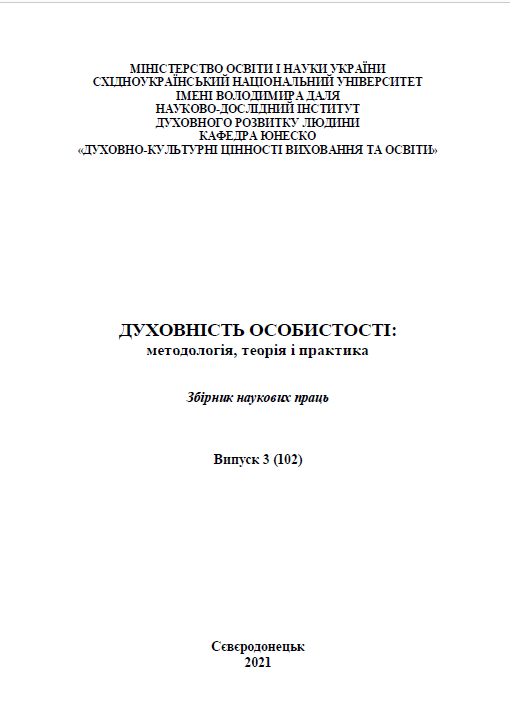FORMATION OF AESTHETIC TASTES OF PERSONALITY BY MEANS OF PHYSICS AS A GENERAL NATURAL DISCIPLINE
DOI:
https://doi.org/10.33216/2220-6310-2021-102-3-180-189Keywords:
Physics, nature, art, aesthetic tastes, unity, worldviewAbstract
The paper is devoted to the substantiation of the unity of physics and various sections of art in the formation of a harmoniously and comprehensively developed and informed personality. The mutual influence of science and art is not always possible to show unequivocally.
A true understanding of art is inseparable from an understanding of the processes by which it is created, and a certain sequence of processes ensures the result.
Thus, the philosophical law of "the transition of quantitative changes to qualitative" is triggered. The beauty of physics as a science lies, in particular, in its scrupulous gradualness, and consistency. The beauty of art is in many ways similar to the sequence of similar steps.
Physics as a fundamental science has a powerful arsenal of means of influencing the formation of the general culture of the individual as a whole. In addition, physics itself is a powerful tool for the formation of a general cultural and developed personality.
The naturalness of physics cannot be considered separately from the nature of human perception of the observed phenomena of nature. Understanding natural phenomena, the peculiarities of the course of processes in nature gives the opportunity for artists to create masterpieces that allow them to enjoy the result of their work Craftsmen of artistic casting and forging should know everything about the processes of heating, melting, hardening of various metals, their plasticity and deformation.
For artists, it is important to know the laws of formation of shadows and penumbraes, as the mechanism of light perception, which makes it possible to achieve extraordinary effects and thereby avoid the problem of visual distortion of reality.
For researchers of paintings and their restorers, typical methods of physical sciences are extremely useful, in particular, the method of scientific photography in ultraviolet rays, photography in infrared rays, radiography and the skills of correctly interpreting the results of the study, establishing the correct algorithm for restoring works of art.
Works of such masters of art as P. Tchaikovsky, I. Bach, A. Vivaldi are useful in studying the characteristics of sound vibrations in physics lessons.
This combination is a natural proof of the mutual action of science and art on the formation of a holistic worldview of the individual. The aesthetic tastes of outstanding physicists were quite diverse and expressed also in different ways.

